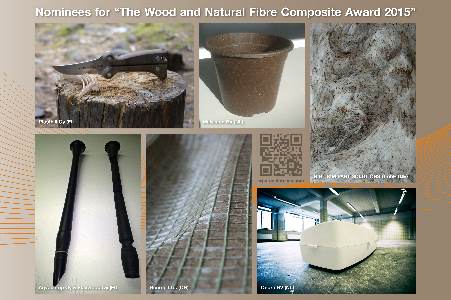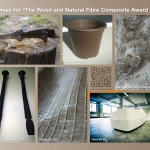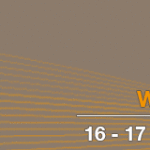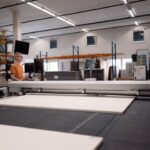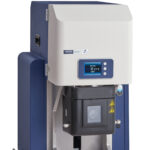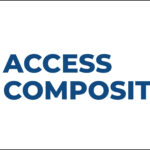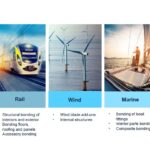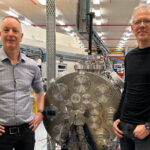Welcome to the Sixth WPC & NFC Conference, Cologne
On the 16–17 December 2015, the largest conference on Wood-Plastic Composites (WPC) and Natural Fibre Composites (NFC) worldwide will take place for the sixth time in Cologne, Germany.
The conference is sponsored by Corbion-Purac bv. (NL) and Plasthill (FI) (Bronze). Coperion GmbH (DE) sponsors the “Wood and Natural Fibre Composite Award 2015”, awarded during the Conference.
More than 200 participants from all over the world are expected.
Construction and automotive represent the biggest markets for WPC and NFC today.
These materials offer huge replacement potential in plastics and composites beyond established application fields such as decking and automotive interior. Bio-based raw materials lead to local added value through innovative production processes and products, but require a great amount of know-how for raw materials, processes, properties, recipes and application fields. The conference will provide an up-to-date picture of different technologies, promising applications and especially the WPC and NFC granulate markets and its current trends. For the first time, different providers of granulates with bio-based plastics, such as PLA, will be present, offering fully bio-based composites.
Huge percentage increases can be expected for WPC and NFC granulates used in injection moulding for all kind of technical and consumer goods. With improved technical properties, lower prices and bigger suppliers capable of supporting their customers, we forecast a growth from the tiny amount of 10,000 tonnes in 2012 to 100,000 tonnes by 2020. Additional incentives might, at least, double the production. By now, more than 60 companies offer WPC and NFC granulates for injection moulding and extrusion.
The highlight of the conference will be the “Wood and Natural Fibre Composite Award 2015”. During the conference, the largest WPC and NFC exhibition in the world will take place.
For further informations click here


